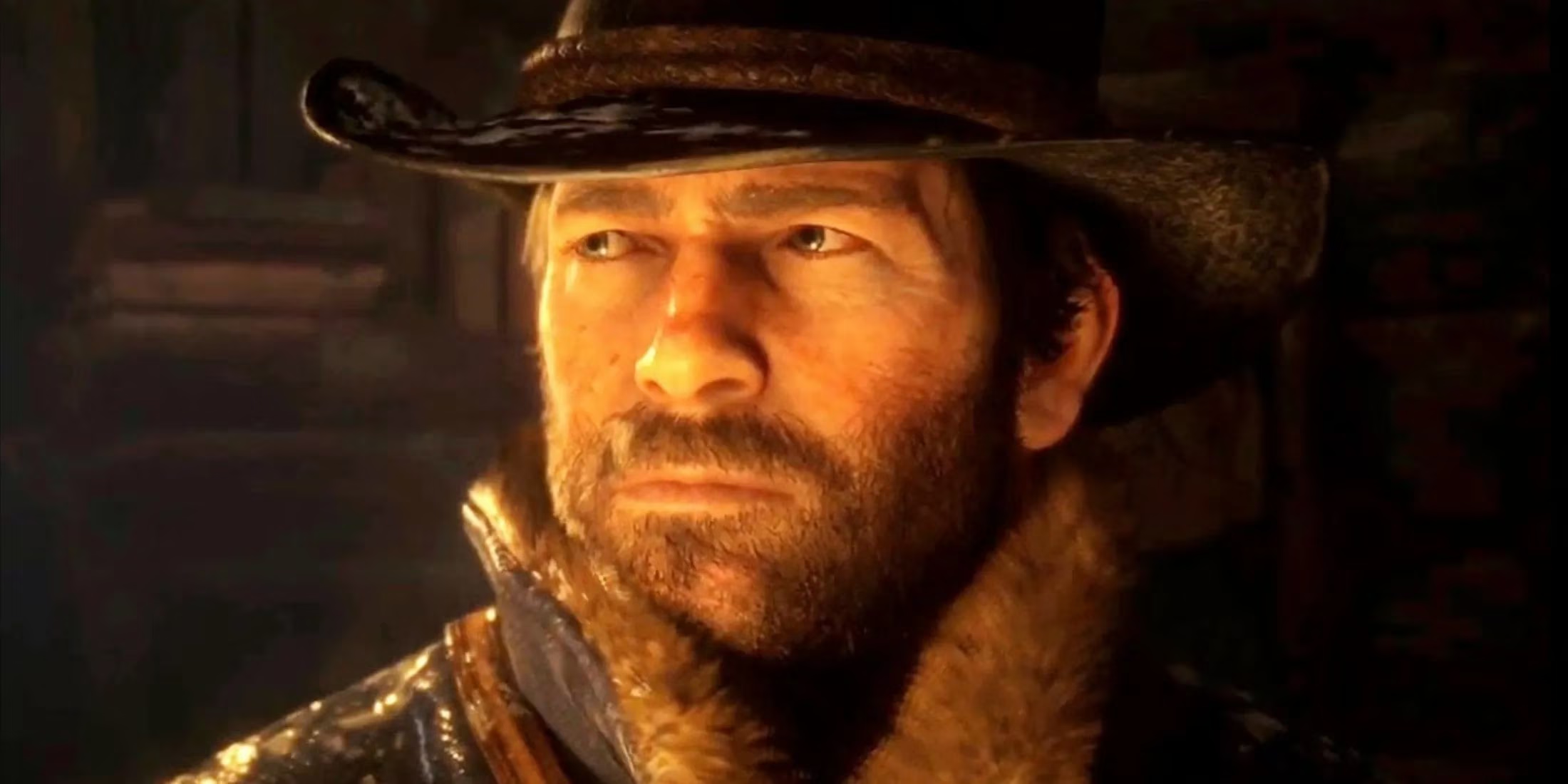The Red Dead Redemption series stands as one of gaming's most critically acclaimed franchises, renowned for its mature storytelling, complex characters, and breathtaking open worlds. With Red Dead Redemption 2 serving as a prequel to the original 2010 title, new players often face a dilemma: should they experience the saga in release order or follow the chronological timeline? This decision fundamentally shapes their understanding of the Van der Linde Gang's tragic arc and the evolution of key characters like John Marston and Arthur Morgan. 🎮

Playing in Release Order (RDR1 First)
Many longtime fans advocate starting with the original Red Dead Redemption, arguing this sequence preserves the narrative's intended emotional impact. Beginning with John Marston's quest for redemption allows players to encounter characters like Dutch van der Linde and Bill Williamson as formidable antagonists first. When transitioning to Red Dead Redemption 2, players witness these characters' origins and understand the gang's dynamics before their eventual downfall. This approach offers a powerful sense of dramatic irony—knowing the gang's doomed future while observing their hopeful beginnings creates poignant tension. However, this sequence inevitably spoils certain narrative outcomes, as RDR1 subtly reveals key events from its prequel through character dialogues and environmental storytelling.
Chronological Approach (RDR2 First)
Opting to begin with Red Dead Redemption 2 provides a fresh, unpredictable journey through the saga. Players meet a younger, idealistic Dutch van der Linde and experience Arthur Morgan's moral struggles without preconceptions. This sequence transforms the original game into an epilogue where players discover what became of beloved characters twelve years later. The chronological order enhances emotional stakes—witnessing the gang's camaraderie in RDR2 makes their fractures in RDR1 more devastating. Crucially, major plot twists in RDR2 land with full impact since players lack foreknowledge of character fates. Yet this approach presents a technical challenge: transitioning from RDR2's cutting-edge visuals and refined mechanics to RDR1's dated systems can feel jarring. 🌄
Comparative Experience Analysis
| Aspect | Release Order (RDR1→RDR2) | Chronological Order (RDR2→RDR1) |
|---|---|---|
| Narrative Impact | Dramatic irony enhanced | Twists remain unpredictable |
| Character Arcs | Antagonist-to-origin focus | Protagonist-to-legacy focus |
| Thematic Weight | Redemption foreshadowed | Moral ambiguity emphasized |
| Technical Shift | Progressive improvement | Significant downgrade |
People Also Ask
🔹 Can you understand RDR2 without playing the first game?
Absolutely—RDR2 functions as a standalone narrative with self-contained character development and themes, though knowledge of RDR1 enriches certain connections.
🔹 Does playing chronologically spoil RDR1?
No, but it shifts narrative emphasis from mystery to inevitability regarding the gang's dissolution.
🔹 Which game has better gameplay mechanics?
RDR2 features vastly more complex systems including realistic horse bonding, detailed survival mechanics, and an interactive camp dynamic.
🔹 Is the emotional payoff different between play orders?
Yes—release order builds toward Arthur's tragedy as backstory, while chronological order frames John's journey as a direct consequence.
The debate ultimately hinges on whether players prioritize narrative purity or emotional discovery. While release order preserves the developers' original vision, chronological sequencing offers raw, unspoiled immersion in the Van der Linde Gang's rise and fall. Given how both experiences reshape understanding of the series' central themes—loyalty, change, and the myth of the American frontier—one must wonder: if you could erase your memory of both games and start anew, which path through this legendary western saga would you choose? 🤔